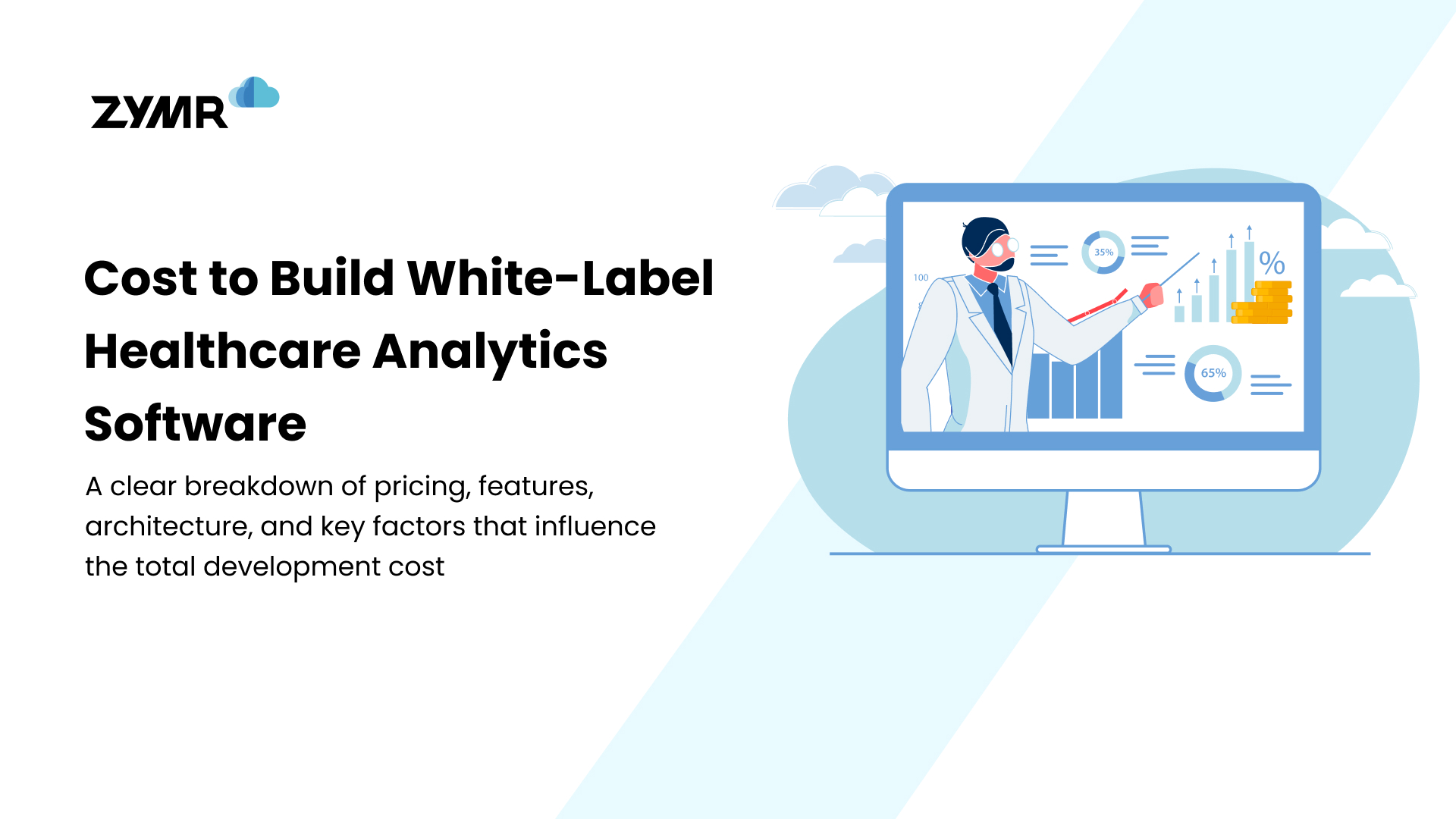As technology advances, and we begin to graft mobile devices and apps into healthcare networks, the need for a compliant framework driving application development has become clear.HL7 provides such a framework. A set of standards that lay down rules for exchanging, integrating and sharing Electronic Health Records (EHR) in a secure, robust and compliant way. The Fast Healthcare Interoperability Resources (FHIR) is a draft standard that’s come out of HL7 and covers new artifacts, tools and publishing approach for exchanging EHR records. HL7 Standards OverviewThe HL7 standards are published in 7 (which is why they are called HL7) sections. Here is a rough overview of what each of these sections detail:1.Primary standards – these are the basic building blocks for information interchange within the healthcare sector. The lowest level standards for implementation required to ensure compliance with HL7.2.Foundation standards - a set of standards that outlines infrastructure implementation and tools that are deployed to host and manage HL7 standardized applications and data.3.Clinical and administrative domains – this set of standards deals with specialized communication and data interchange between diverse stakeholders. These take the primary standards and add an additional layer.4.EHR profiles – the underlying shape that electronically stored healthcare data and patient records need to implement to be compliant with HL7 and effectively interchange data with other HL7 compliant systems.5.Implementation guides – a full set of guides and resources that can be used to help healthcare organizations actually implement HL7 and develop HL7 compliant applications.6.Rules and references – a set of framework demonstrations, showing possible code structure, as well as ways that HL7 can be incorporated into the DevOps cycle.7.Education and awareness – additional resources to provide more detailed Hl7 knowledge, and documentation of current trial projects that have adopted HL7. The Benefits of HL7 StandardsBy defining the underlying data structure for storing and interchanging healthcare data, HL7 is providing a structured approach to building fully integrated healthcare applications. Very much like the EDI (Electronic Data Interchange) standards have done for commercial data.The standards define how data needs to be packaged for communication between HL7 compliant applications. This encompasses data interchange across a variety of stakeholders such as centralized healthcare data repositories, mass healthcare installations such as hospitals, and specialized clinical experts. Developing HL7 ApplicationsHl7 standards are intended to be incorporated into development projects at the design stage. With standards compliance driving the overall specification of healthcare systems.Furthermore, HL7 has been designed to fit seamlessly into the DevOps lifecycle. Rather than turn healthcare development into a specialist type of development project, HL7 aims to bring healthcare compliance into standard SDLC methodologies such as AGILE/SCRUM teams, and continuous testing/deployment/integration. HL7 is also the first healthcare standards to fully embrace mobile application development and the additional development considerations that mobile projects often include. HL7 In ConclusionHL7 is an attempt at creating a framework and set of standards that will equip the healthcare sector with the technical tools it needs to begin exploiting a more modern technology stack. It also helps firms developing applications for the healthcare sector to ensure that they are producing healthcare compliant code and infrastructure.
Conclusion
FAQs
>
>
>
>
>
Have a specific concern bothering you?
Try our complimentary 2-week POV engagement
Our Latest Blogs

November 26, 2025
Healthcare Asset Management Software: Features, Benefits & Use Cases (2025 Guide)







.svg)
.svg)
.svg)
.svg)
.svg)
.svg)
